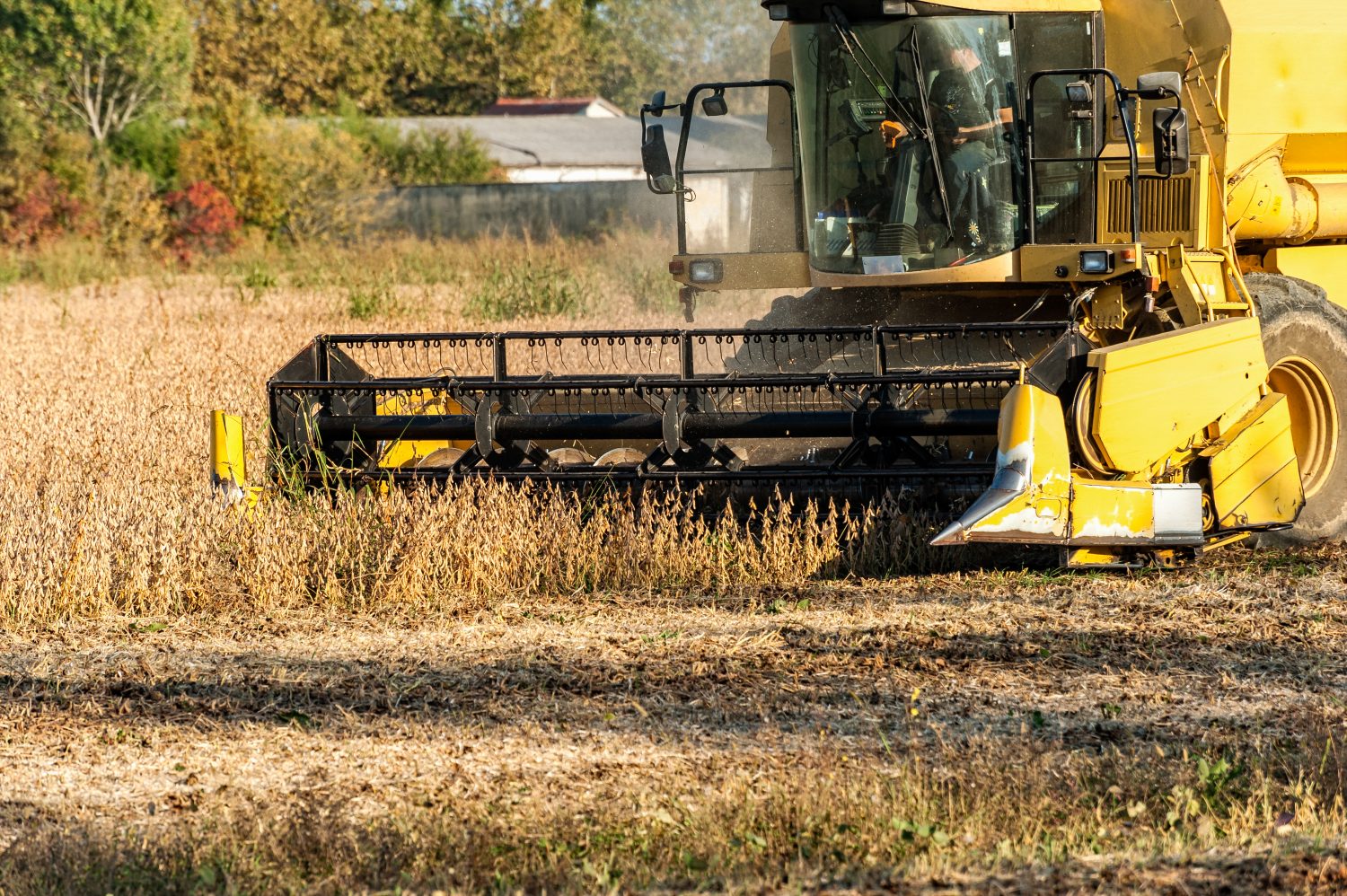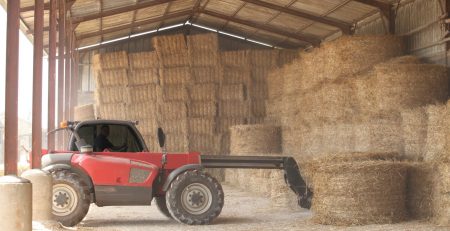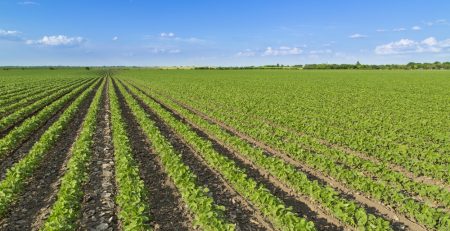Demand Growth Key for 2018 Soybean Market Outlook
The world gets a new supply of soybeans every six months, as the U.S. and South America are on opposite production cycles. As a result, weather conditions are in constant focus. Back-to-back record crops, however, have resulted in the need for even more robust demand growth than what traders have grown accustom to. Therefore, without a weather event that trims production in 2018, there will be even more focus than usual on demand.
Demand has been a highlight for the soybean market, which has featured year-over-year growth. But the U.S.’s share of that growth has not been on the rise recently. In its December Supply & Demand Report, USDA trimmed its 2017-18 export projection by 25 million bu. to 2.225 million bu., which still represents year-over-year growth. But as we near the end of the year, current-year export bookings are not on pace to reach USDA’s export projection.
Pro Farmer Editor Brian Grete says the strong demand base continues to support soybean prices and is the key to the longer-term price outlook. But he’s concerned that USDA has still overstated exports for the current marketing year.
“The U.S. share of trade with China has dropped to about 30%, while Brazil’s market share of the top market has expanded,” says Grete. “The good news for the U.S., however, is that it has made substantial gains in market share to all other markets. Continued U.S. export demand growth outside of China will be critical as production and ending stocks rise.”
Doane Advisory Services Senior Economist Bill Nelson is a little more optimistic about demand and reminds that USDA analysts are “notorious” for underestimating eventual soybean demand. He currently expects 2017-18 U.S. “total disappearance” slightly better than USDA. And for 2018-19, he projects growth in crush and exports.
“Over the past 18 crop years — basically the period of time corresponding to the expansion of Chinese soybean buying — USDA’s December U.S. use forecast has been too low 15 times. That has been the case each of the past six Decembers at an average underestimate of 152 million bushels,” points out Nelson. “It’s possible that USDA is again underestimating Chinese import demand for 2017-18. If so, that would boost U.S. exports. Another factor would be the risk for production losses in South American associated with the La Nina weather pattern reducing rainfall in key soybean-growing areas.”
On a more positive note, Grete notes global stocks:use in 2017 are projected to slip slightly from a record 29.2% in the previous marketing year to 28.4%. “That’s helping support soybean prices amid what appears to be bearish fundamentals on the surface,” he says.
Nelson is also optimistic about domestic demand. “Over the past few weeks, Board-derived crush margins were at their highest since 2015, with the exception of a brief period of strong crush returns in spring 2016 when the Argentine floods sent product prices temporarily soaring,” he adds.
Near-steady acreage likely in 2018
The new-crop soybean/corn price ratio currently slightly favors planting soybeans over corn, suggesting soybean plantings could rise again, notes Nelson. “While price isn’t the only factor involved in planting decisions, the trend has been for more soybean acres as financial conditions tighten,” says Nelson. “Unless the corn market makes a strong push higher relative to soybeans this winter, soybean plantings will likely be steady to higher next year,”
Soybeans still a market of ‘opportunity’
Bottom line, Grete says, “I believe soybeans will continue to provide producers good selling opportunities in 2018. If you plan to expand your soybean acres next spring, use winter price rallies to forward-price some of your expected 2018-crop production, especially the anticipated ‘extra’ bushels.”
Nelson believes that stronger-than-expected crush, possible outperformance on Chinese soybean import demand and potentially problematic South American weather are compelling issues that may lead to better-than-expected demand into at least the start of the 2018-19 marketing year.
Content within the Farm Journal Forum is the property of Farm Journal, Inc and protected by copyright.This article was first published on https://www.fjfnews.com.









